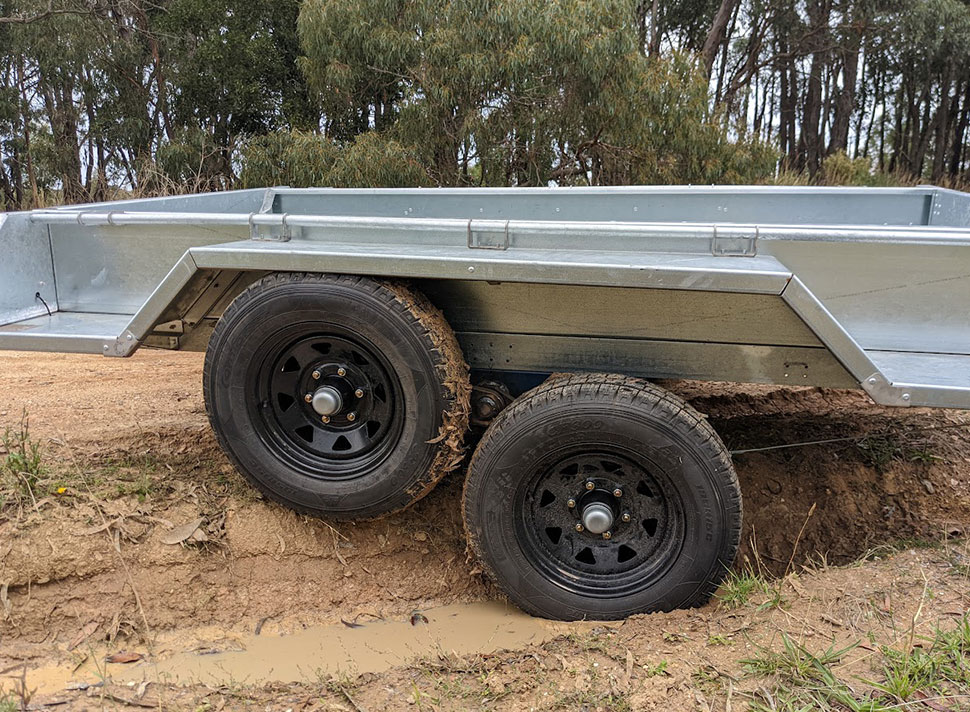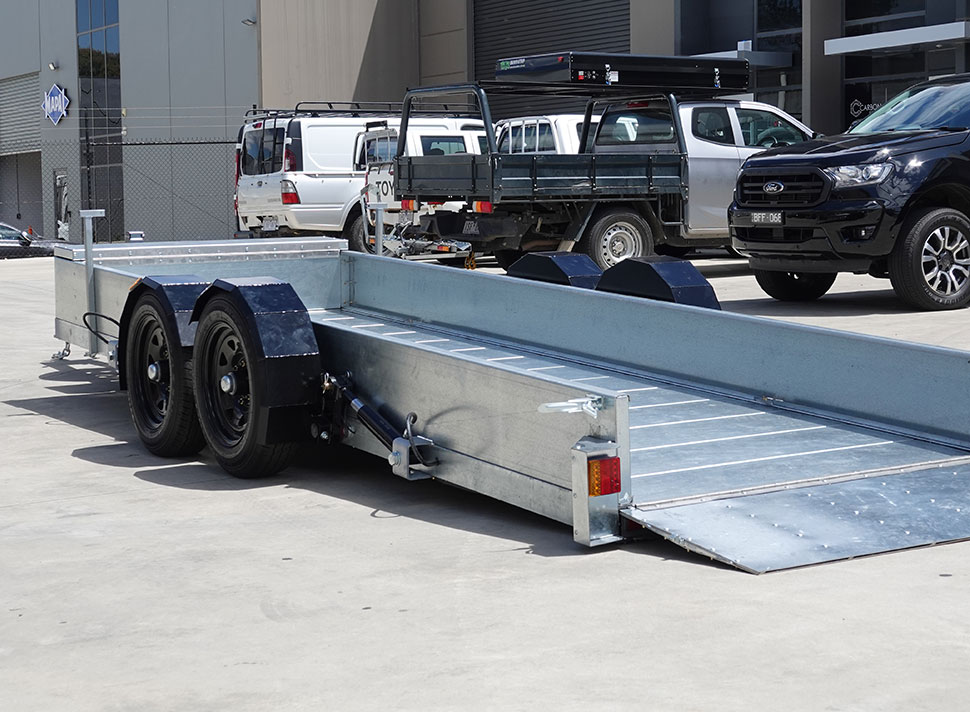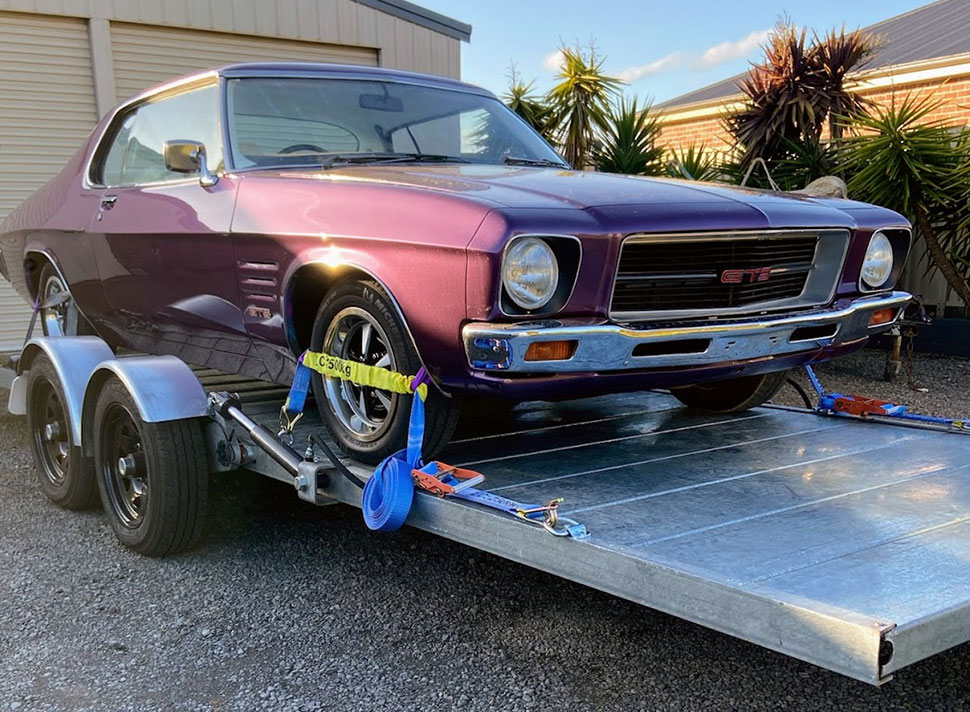Tandem Suspension Systems Compared: A Guide to Choosing the Best Suspension for Your Trailer, Horse Float or Caravan.
Choosing the right suspension system is crucial when it comes to trailers, horse floats, and caravans.
A good suspension system not only determines the ride quality but also affects the trailer's stability, load capacity, and overall safety, particularly in off-road or extreme conditions. In this article, we'll discuss the various factors that determine the performance of a suspension system, and compare the most common tandem suspension systems available in the market.
Spring rate & type
A higher spring rate will have more stability and carrying capacity, but will absorb less bumps, while a lower spring rate will provide more absorption, but at the sacrifice of stability and weight carrying capacity. Passive springs will always be a compromise between stability, and ride quality if the load is variable like a horse float or trailer. Contrary to popular opinion, all spring types will work the same if they have the same effective spring rate, a coil spring will not perform better than a leaf spring or any other type of spring. The main difference in springs is their packaging, and how that works with the rest of the system. For example leaf spring provides both the spring and the linkage to the chassis, whereas other springs generally seperate these. Torsion springs are also unique because they twist rather than compress, but again this primarily affects packaging, not performance. The exception is active springs like air or hydraulic, which are the only option which can actively adjust their spring rate to the load applied, giving the ideal ride all the time.
Load sharing
Load sharing means the front and rear axles split the trailer's load evenly between them, regardless of the terrain. This ability reduces loading on the axles and chassis, but also significantly improves the ride quality in both the trailer and the tow vehicle. We consider load sharing a must on any tandem trailer suspension. For a more detailed look at why load sharing is so important, check out our previous article.
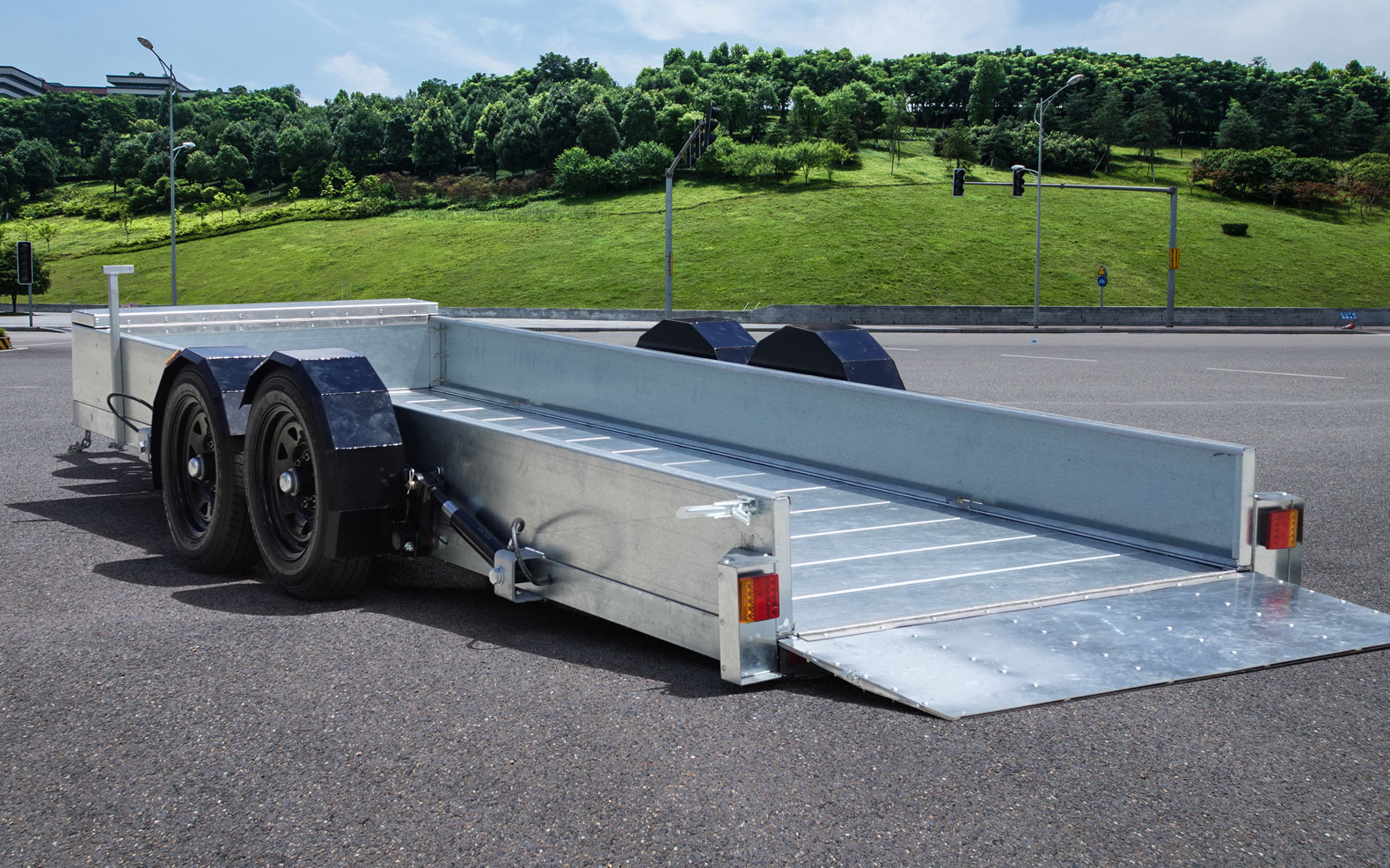
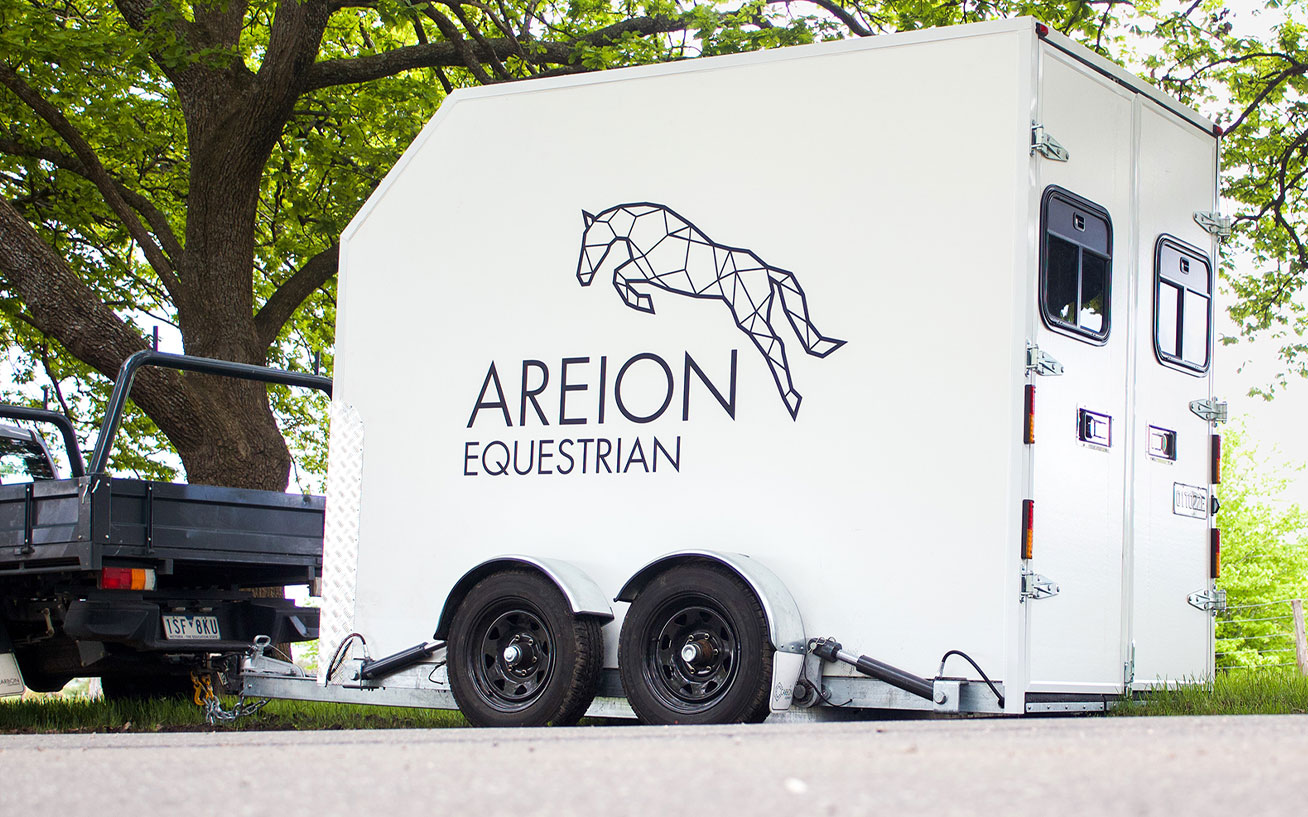
Axle type
Independent suspension prevents the left and right wheels from affecting each other, maintaining better tyre contact with the road, and resulting in improved ride quality and handling. Independent suspension also has more clearance than beam axles, and typically has a lower unsprung mass.
Unsprung mass
Unsprung mass is the weight of the suspension system that isn’t supported by the springs. This includes the axles, hubs, wheels, tyres etc. A high unsprung mass increases the time it takes for suspension to react to bumps, which can severely limit suspension performance at higher speeds and frequencies. A common rule of thumb from car racing circles is that each kilogram saved from unsprung mass has four times the effect of a kilogram saved from sprung mass.
Travel
Long travel suspension allows more room for the suspension to absorb bumps, improving ride quality especially offroad. Increased suspension travel also helps prevent lifting wheels, which can overload the remaining wheels causing extra wear and tear, and even damage.
Height adjustment
Active springs also have the ability to adjust ride height to match the tow vehicle, or for easier loading. Airbags can do this, but adjusting the height also adjusts the spring rate, so there is an optimum ride height and a limit to overall travel. Hydraulic systems separate the height and the spring rate, so they can work well at any height, and can have a much larger range of adjustment, easily reaching ground level.
Cost
Cost is a crucial consideration when choosing a suspension system for your trailer. While you may want to install the best suspension system available, it's not always financially feasible. You should balance your need for a high-quality suspension system with your budget constraints to find the best option that meets your needs.
Now let's compare the most common tandem suspension systems available in the market, based on the above factors:
| Suspension System | Spring Type | Load Sharing | Axle Type | Unsprung Mass | Travel | Height Adjustment | Cost |
|---|---|---|---|---|---|---|---|
| Rocker Roller Leaf Spring | Passive | Yes | Beam | High | Low | No | $ |
| Trailing Arm Suspension | Passive | No | Independent | Low | High | No | $$ |
| Rubber Torsion Suspension | Passive | No | Independent | Low | Low | No | $$ |
| UniTor Suspension | Passive | Yes | Independent | Low | High | No | $ |
| AirBag Suspension | Active | Sometimes | Independent | Low | High | Limited | $$$ |
| HydraDrop Suspension | Active | Yes | Independent | Low | High | Yes | $$$ |
After researching and testing existing suspension systems, the team at our company realised that none of the existing systems met all of our requirements for our trailers. To deliver the trailers we wanted, we had to design new systems from the ground up. That's why we are proud to offer our innovative designs in both the UniTor and HydraDrop suspension systems, which outperform other systems in all areas. The UniTor suspension system offers load sharing, independent axles, low unsprung mass, and high travel at a competitive price point. Meanwhile, the HydraDrop suspension system's adjustability makes it an excellent choice for those looking for the ultimate in ride quality, and the added bonus of ground level loading.
Our suspension systems are available as part of a new custom trailer, as a kit to upgrade your existing suspension, and wholesale to other trailer, caravan and horse float manufacturers. Contact us today to learn more, we'd love to discuss your requirements and find a solution that works for you.
